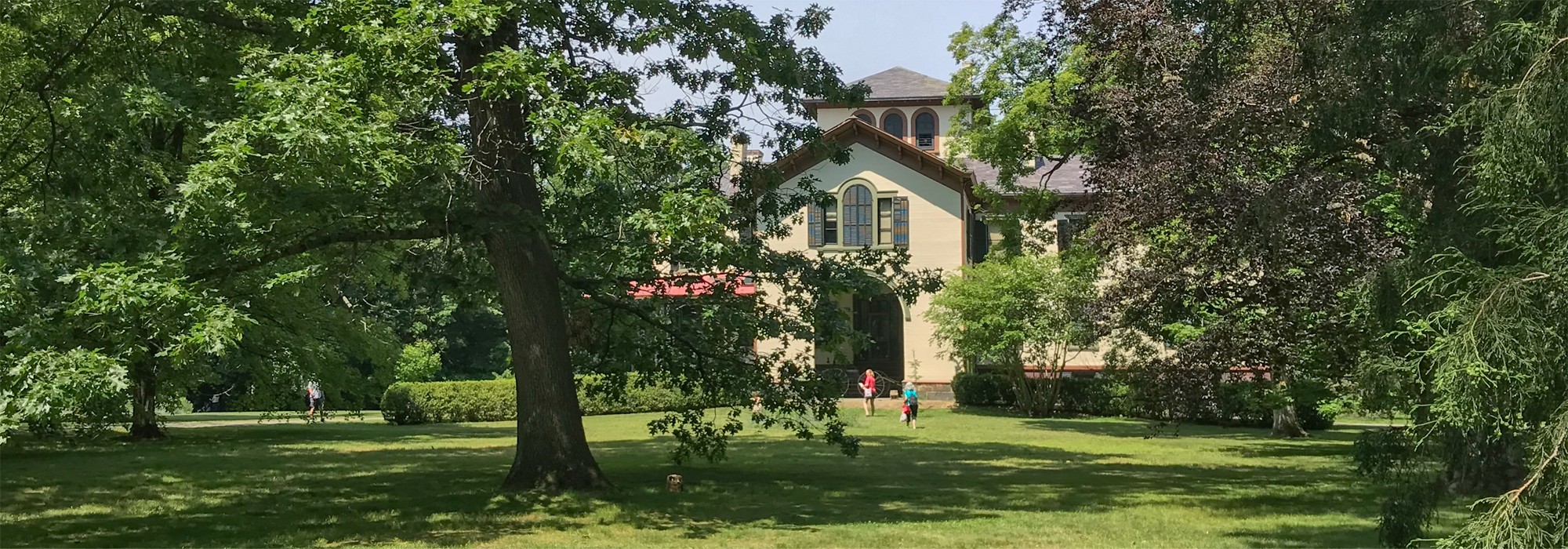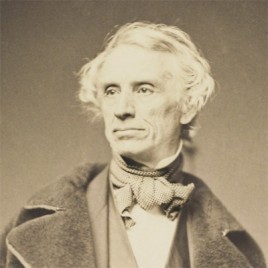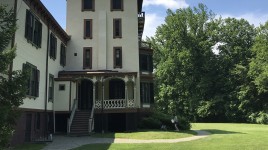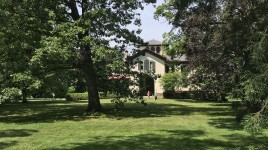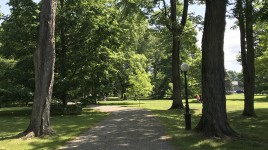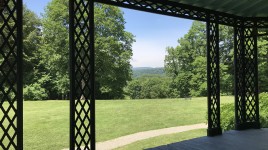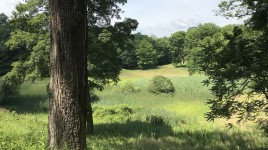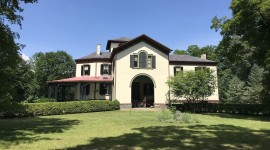Pioneer Information
Born in Charlestown, Massachusetts, Morse attended Phillips Academy and Yale College. Upon graduation in 1810 Morse moved to England to study under painters Washington Allston and Benjamin West at the Royal Academy of Arts in London. Returning to the United States in 1815, he worked as a portrait painter and in 1825 help establish the National Academy of Design in New York City, serving as its first president. In 1826 Morse wrote and delivered a series of lectures extolling the relationship between landscape gardening and landscape painting.
Morse was introduced to electromagnetism in 1832 and by 1837 had abandoned painting to develop and patent the single wire electric telegraph. With that technology he helped establish a telecommunication system, which became known as Morse code. In 1847 he purchased a riverfront estate, Locust Grove, in Poughkeepsie, New York, which by 1850 included 76 acres. In 1851, with the assistance of an acquaintance, architect Alexander Jackson Davis, Morse redesigned the property’s existing Federal style residence into an Italianate villa. From 1850 to 1872 Morse improved the grounds, transforming the estate from a working landscape to an ornamental one, returning agricultural fields to woodlands, while maintaining others as pastures and meadows. Morse died at the age of 80 in New York City and is buried at The Green-Wood Cemetery in Brooklyn, New York.



